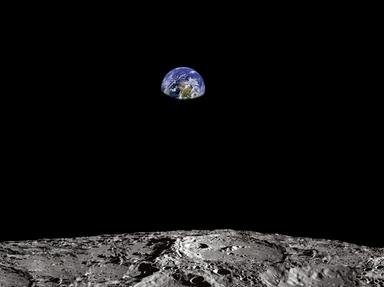Quiz Answer Key and Fun Facts
1. How was the food packaged for the first trip to space?
2. What did pilot John Young sneak onto the Gemini III mission (1965) for his friend, Gus Grissom?
3. The Skylab space station (1973-1974) was outfitted with a refrigerator and freezer. The frozen foods were a new favorite. The trays heated the food and held the silverware on with magnets. What unusual piece of silverware had to be included in an astronaut's lunch tray?
4. What type of foods do astronauts tend to prefer due to the congestion caused by weightlessness?
5. Even astronauts like a stiff drink once in a while. Which of the following anecdotes is *NOT* true?
6. What soda brand was provided for Skylab 2 (1985)?
7. Powdered fruit-mix, Tang, was invented by NASA.
8. What Korean staple cost the South Korean government over one million dollars to modify for space travel?
9. Aboard space missions, salt and pepper are provided in liquid form.
10. What vitamin supplement do astronauts have to take because they are shielded from the sun's radiation during missions?
Source: Author
lingophilia
This quiz was reviewed by FunTrivia editor
gtho4 before going online.
Any errors found in FunTrivia content are routinely corrected through our feedback system.

